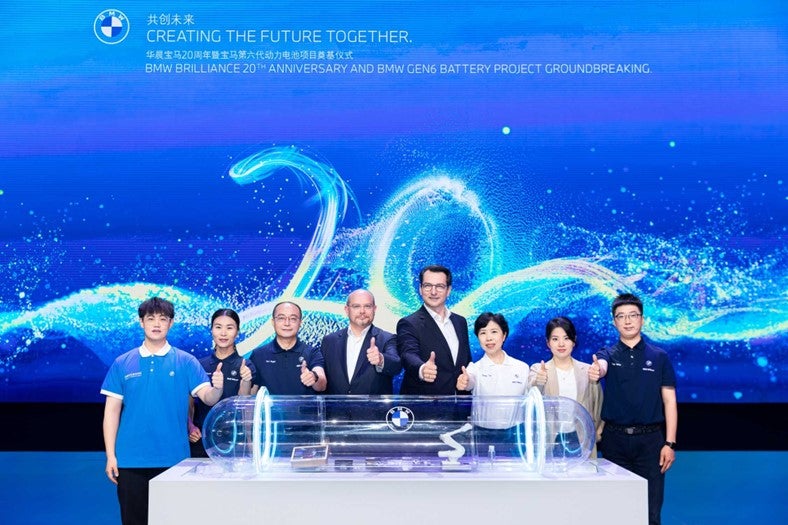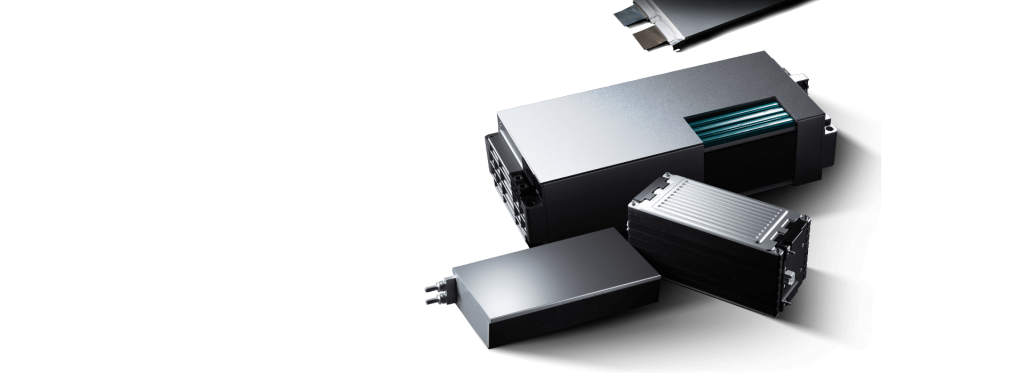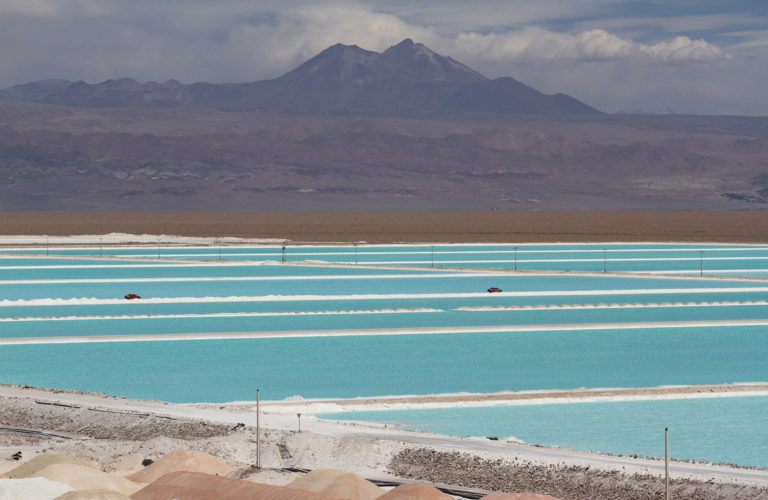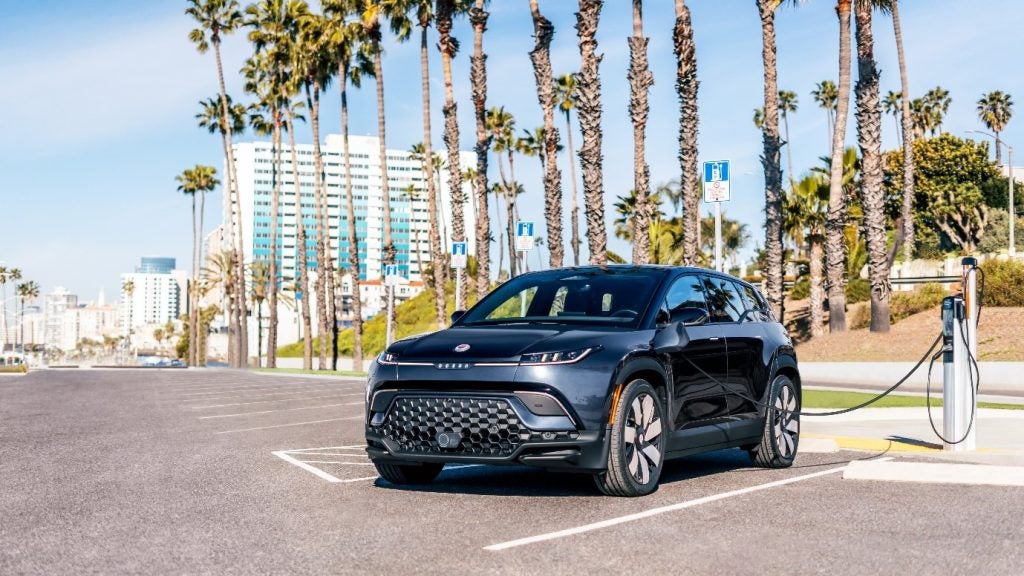
What makes BMW successful in the transition from combustion to battery in China? At the beginning of the development of the NEV (New Energy Vehicle) market, most car makers built their NEVs on combustion engine vehicle underpinnings, modifying traditional platforms to enable them to support BEV and PHEV powertrains. However, during the research and development period, a lot of problems were encountered, and products were often sub-optimal in terms of performance and electric driving range. As technology has moved on, this transition concept has been gradually replaced by dedicated platforms designed exclusively for battery electric cars. Examples of this transition are provided by Volkswagen which developed BEV versions of Lavida, Bora, and Golf models, only to withdraw them from their portfolio with the arrival of pure electric vehicles based on BEV-only platforms. Today, most cars have completed or are in the process of switching to exclusive BEV platforms. However, BMW remains almost unique in continuing to release BEVs on flexible platforms which can also support combustion powertrains. Even more surprising is that BMW’s sales are doing very well. How does BMW manage it?
New CLEPA chief writes
The new CLEPA president and Schaeffler executive Matthias Zink this week set out views on the year ahead, as seen from Europe’s automotive supplier sector: “With the manifold geo-political and economic challenges around us, it is more important than ever for our sector to prove its resilience, innovative strength, and future-readiness. And there is reason enough to be confident. The automotive supply industry is the top private investor in research and development in Europe with EUR30bn invested annually. It accounts for 1.7m direct jobs and 39,000 patents each year. Moreover, 75% of the value of a car comes from suppliers. These figures show how powerful our sector is and that automotive suppliers are critical to enabling the green and digital transition in Europe.”
Tesla value plunges
Tesla value fell over 12% on Thursday after CEO Elon Musk warned sales growth would slow this year despite price cuts that have already hurt margins and fueled investor concerns about soft demand and Chinese competition, Reuters reported. Musk had said on Wednesday growth would be “notably lower” as Tesla focused on a cheaper, new electric vehicle to be made at its Texas factory in the second half of 2025, which is expected to spark the next boom in deliveries.
GM-Honda fuel cell JV
How well do you really know your competitors?
Access the most comprehensive Company Profiles on the market, powered by GlobalData. Save hours of research. Gain competitive edge.

Thank you!
Your download email will arrive shortly
Not ready to buy yet? Download a free sample
We are confident about the unique quality of our Company Profiles. However, we want you to make the most beneficial decision for your business, so we offer a free sample that you can download by submitting the below form
By GlobalDataGeneral Motors and Honda have started commercialised hydrogen fuel cell production at their 50-50 joint venture production facility, Fuel Cell System Manufacturing LLC (FCSM), in Michigan. FCSM was established in 2017 with a joint investment of US$85m. Honda and GM engineers began work in 2013 on the co-development of the next-generation fuel cell system.
Better night vision
Interiors specialist Antolin has developed NightSight Assist based on a lighting system that can optimise the driver’s pupil diameter by inhibiting adverse effects caused by low light conditions and thus improving the user’s vision. The system allows users to reduce glare from headlights or other bright flashes; better appreciate shapes in low visibility situations, such as detecting an animal trying to cross the road; improve road signal interpretation; and decrease distorted vision.
UK hits a million
UK vehicle production hit 1,025,474 units in 2023, according to the Society of Motor Manufacturers and Traders (SMMT). With 905,117 cars and 120,357 commercial vehicles (CVs) produced, overall output was up 17.0% on the previous year. The easing of pandemic-related challenges, from chip shortages to lockdowns, and increasing electrified model production, combined to drive annual output above one million for the first time since 2019. Strong December performances for both car manufacturing, up 20.7% year on year, and CV volumes, up 80.3%, rounded off a positive year.
Daihatsu restarting production
Daihatsu Motor said three of its four domestic vehicles plants would stay closed until at least 16 February but added it hoped to restart operations at Kyoto much sooner, according to local reports. Daihatsu, the small car unit of Toyota Motor Group, was ordered to suspend all domestic vehicle shipments in December after an independent third party investigation commissioned by the automaker revealed safety tests and other procedures on a large number of new models had been widely and systematically falsified by the company’s staff and its suppliers for over three decades.
Another Explorer recall
Ford said on Wednesday it was recalling 2.24m older Explorer SUVs worldwide because trim retention clips may not be properly engaged, Reuters reported. The National Highway Traffic Safety Administration (NHTSA) reportedly said on Wednesday the recall included 1.89m SUVs in the US and covered 2011 through 2019 model year vehicles because the trim could detach. Ford said it was unaware of any reports of crashes or injuries relating to the recall, according to the report.
Toyota chief sees EV ceiling
Toyota chairman Akio Toyoda has said that he believes battery electric vehicles (BEVs) can only get to 30% market share, with the remainder accounted for by other powertrain types, including combustion engines. In remarks published on Toyota’s media site he said: “No matter how much progress BEVs make, I think they will still only have a 30% market share. Then, the remaining 70% will be HEVs , FCEVs , and hydrogen engines. And I think [combustion] engine cars will definitely remain.”
Apple pivots on car
Apple, reaching a make or break point in its 10-year effort to build a car, has changed to a less ambitious design with the intent of finally bringing an electric vehicle to market, according to Bloomberg. After previously envisioning a truly driverless car, the company is now working on an EV with more limited features, according to Bloomberg sources. But the goal for a release date continues to slip. With the latest changes, the company looks to introduce the car in 2028 at the earliest, roughly two years after a recent projection, the Bloomberg sources said.
Have a nice weekend.
Graeme Roberts, Deputy Editor, Just Auto







